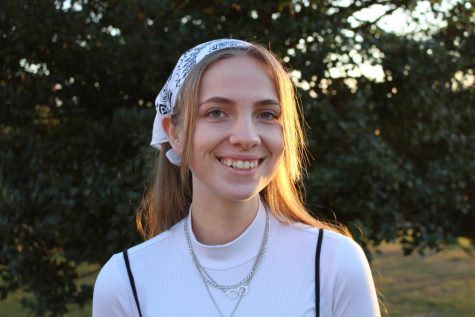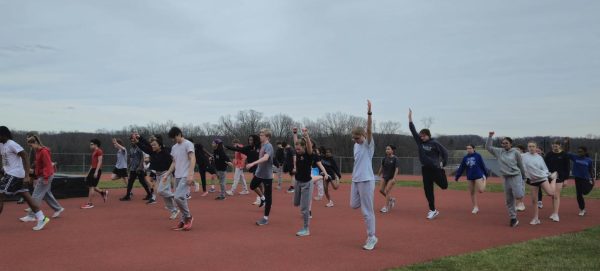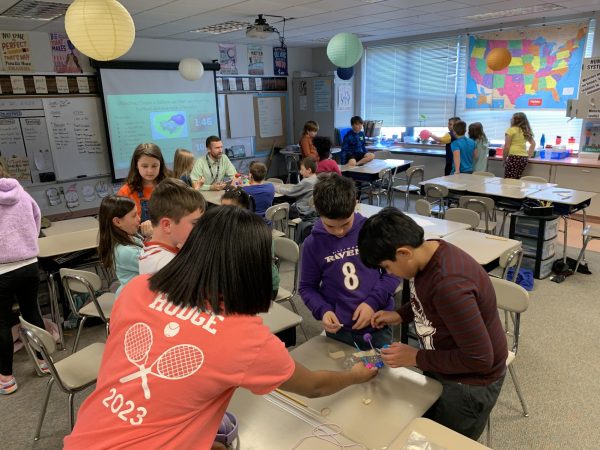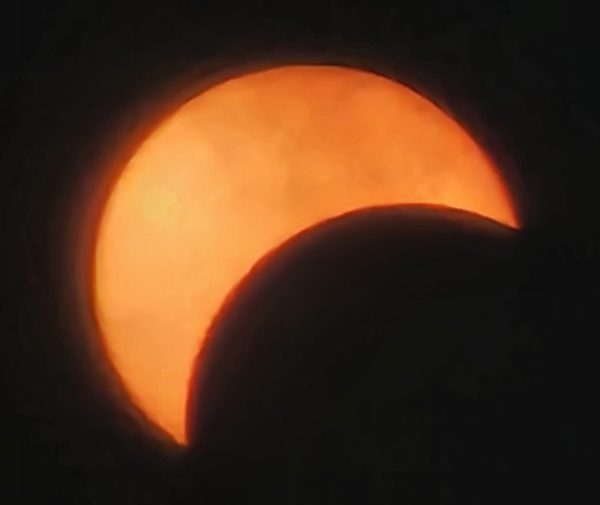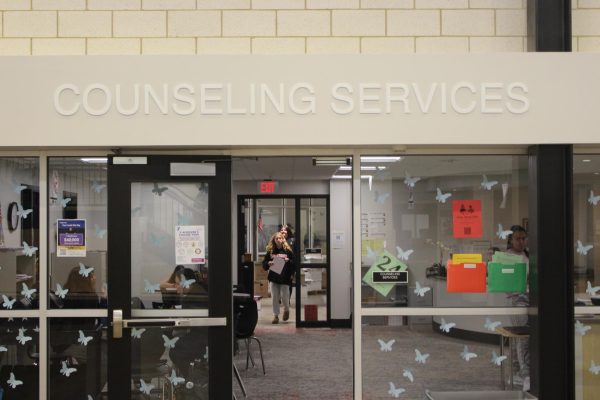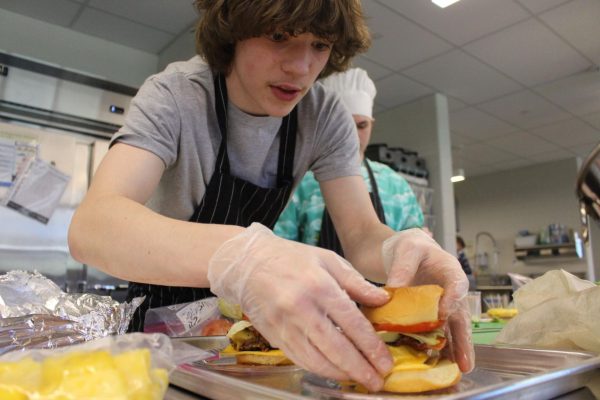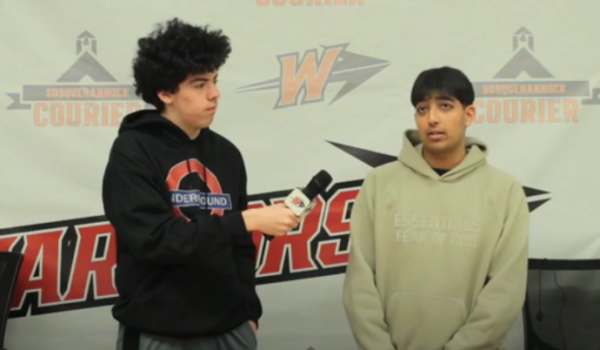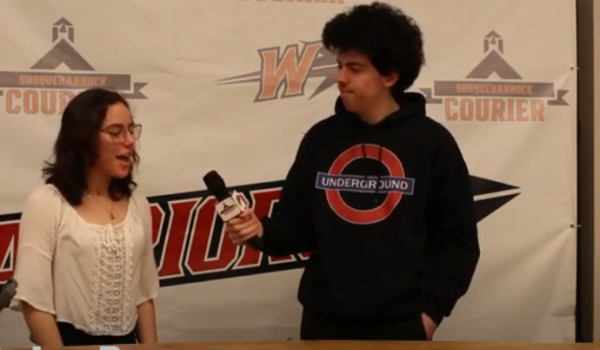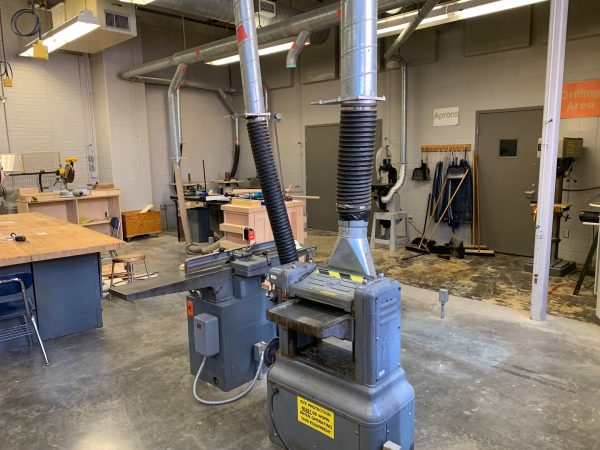Present Protest Issues that Go Back in History
January 16, 2019
Black Lives Matter, Immigration Laws and Women’s Rights are all protests found to be well known for their current effects on today’s society.
Whether silent or violent, these protests have spread through the minds of many individuals, posing questions and modern day solutions.
History has shown that the struggles humans face for their rights has been fought for a long time, some protests today have been reignited from past protests as far back as the 1800s and beyond.
One of the movements approaching these issues is Black Lives Matter, spawning much debate and ideas to the minds of teenagers.
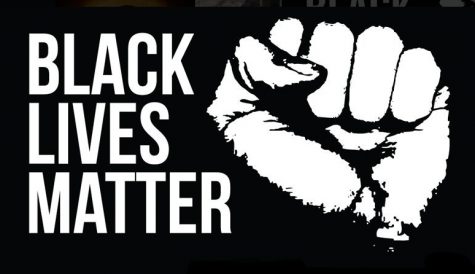
“The Black Lives Matter Global Network is a chapter-based, member-led organization whose mission is to build local power and to intervene in violence inflicted on Black communities by the state and vigilantes.”- B.L.M About Us page
Sophomore Erica Taylor shows her passion in the fight for African American rights.
“There are a lot of people in our society today that have still not learned about the importance of racial equality,” said Taylor. “Our world is full of so many different types of people, and their confidence in who they are is really admirable. So many people judge others based off of what they look like and have been doing that for a long time throughout history.”
The history of many of these protests and debates go back far, but one of the main time periods during the Civil Rights Movement was the transition from the 50s’ into the 60s’.
“I feel as if [African Americans] have been fighting for so long and the fact that we still are is really frustrating,” said Taylor. “We are really all the same.”
Way before the Civil Rights Movement in 1954-1968 was the beginning of the Women’s Rights movement in 1848.
Whether it was women’s right to vote or the ability to be part of the working class, stereotypes- such as the perfect housewife- sparked a stand for women to show their equality among men.
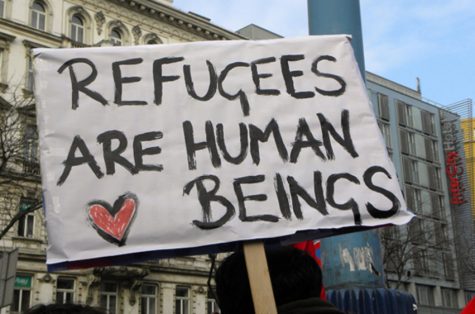
“Each year less than 1% of the worlds refugees are given the coveted opportunity to restart their lives in a new country.” -Chris Gelardi from globalcitizen.com
During the Seneca Falls Convention in New York in July of 1848, women from all over the country came together to create the base of the women’s voting rights that we have today.
Not only did these women come together for their rights, but also were large advocates for abolishing slavery throughout the United States.
Women at the time demanded to be equals with their counterparts, and they showed their passion in their beliefs and were able to break the commonly received idea of their place in society.
Sophomore Virginia Good expressed her interest in breaking the common mold women are often set into.
“Women have so much going for them and at some points we really had to fight to be heard but never the less we were heard. I am grateful that as a woman in 2019 I have more opportunities than many women in the past has,” said Good. “The fact that, when I’m old enough, I will be able to vote, drive and be independent is really uplifting, and I really enjoy seeing what is next for women’s journey into equal rights.”
Along with women’s and African Americans’ fights for equality throughout history was the struggle that immigrants were facing as they slowly began to immigrate into America.
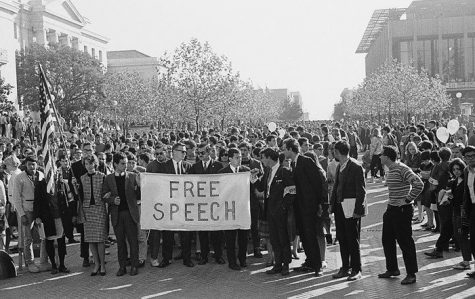
“Those who make peaceful revolution impossible, make violent revolution inevitable.” -John F. Kennedy
Whether it was in 1954 through Ellis Island, or today from many countries, immigration has caused uproar throughout America’s history.
Some people believe that there should be more strict guidelines on immigration due to the rise in illegal immigration to the United States.
Senior Gillian Smyth is frustrated with the skepticism from others on the idea of immigration.
“Immigration deserves more recognition, which it is getting at the moment because of the caravan from Honduras,” said Smyth. “The lack of education and attention for many of those [immigrants] should be a bigger deal than people see it as.”
Throughout history, these issues have been fought and continue to reoccur with the change of time.
Decade to decade, many skeptics bring up topics, that to them are brand new and never heard of, when in reality, there is constant mention of them.
This is what made so many people protest and sometimes even resort to violence.
History teacher Andrew Warren explained the impact that some of these movements have made through history to today.
“Protests throughout history highlight the impact of the First Amendment in the US Constitution protecting citizens’ right to peacefully assemble,” said Warren. “Planned marches for racial and gender equality demonstrate this freedom in action. More recently, this was seen with the March for Our Lives marches organized throughout the country in March and April 2018.”
Youth have always expressed their interest in these issues and more high schools have now become contained environments where opposing opinions thrive and people learn to express them.
“During the Civil Rights Movement of the 1960s, college and even high school students became active in organizations such as SNCC (Student Non-Violent Coordinating Committee) to have their voices heard,” said Warren. “Recently, the power of social media has also been utilized to spread support of social and racial justice movements.”
Due to stereotypes, it is seen that student run protests have commonly resulted in some sort of violence, even during the 1960-70’s peace movements.
The beginning of May in 1970, tensions rose with the students at Kent State University due to the issues presented through the Vietnam War.
Chaos ensued as students attacked police officers with rocks and bottles, and a state of emergency was declared.
The Ohio National Guard was told to help bring peace to the violence, but arrived to find the school buildings up in flames caused by the riots.
But, many members of these protests most likely did not want those results.
“I personally don’t believe violence is ever the answer that will solve a problem the most efficiently. There are so many better ways to go about fixing something than killing people,” said Smyth. “Sometimes the protesters get violent even though the protest is supposed to be peaceful. Sometimes the police interfere and start a problem. Overall, peacefully protesting is still the best option in my opinion.”
Throughout our history as a nation, we have experienced violence, riots, protests and debates on multiple topics.
These conflicts have always seemed to fade and then reappear as if the fighting in the past was forgotten.
Good explains what she believes is our solution to these issues.
“In the end, people will have their opinions and will express them the way they want to. It is their decision if they want to get violent or stay peaceful to prove their point. So many result in violence, but that is the reason these issues stay and don’t get stopped,” said Good. “It’s like a math equation, if you keep adding more variables, like violence, it is going to become more difficult. But any equation can be solved as far as I know. So we need to choose to stop adding these extra variables and stay with the main focus: the problem.”



